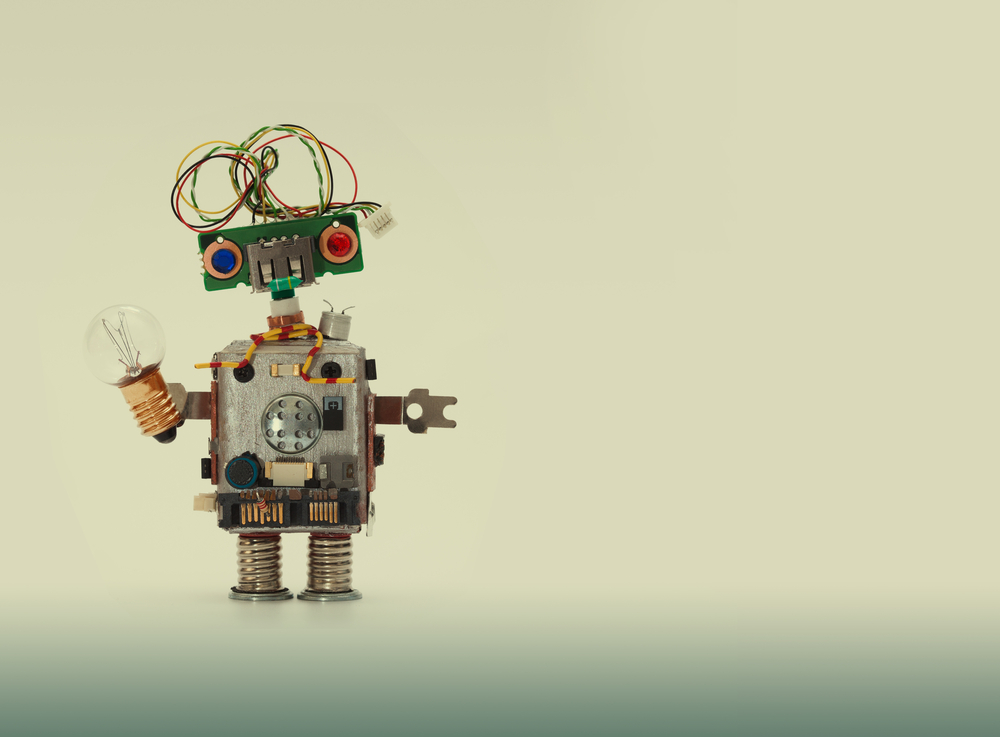Even though significant advancements have been made in the robotics sector as of late, some hurdles have yet to be overcome. Quite a few different traits have to be passed on from humans to synthetics moving forward, although some of these may pose a significant challenge. Below are some of the more challenging tasks we have to teach robots before they can even remotely be considered autonomous.
6. Navigation Remains An Issue
Even though most advanced robots are perfectly capable of moving on their own, there is still a steep learning curve. A lot of robots have built-in sensors which avoid collision with objects. However, if the environment changes, robots become navigationally challenged until they make sense of the new data presented to them. Processing the data and using it to make decisions is one area that still needs a lot of work moving forward.
5. Developing Dexterity
If we want robots to do things on our behalf, we will have to make them behave less like elephants in a porcelain store. Picking up large objects is not a big problem for robots, but smaller objects or precise movements can be quite problematic. Any robot deployed in hospitals will need advanced dexterity, which will have to be “programmed” by humans. A sense of touch is a critical part of developing the “robots of the future”, that much is certain.
4. Conversational Skills
Although most people may not be interested in having a one-on-one conversation with robots, it is only a matter of time until this becomes a normal trend. Thanks to the Turing test, engineers can make headway in this department. As it turns out, putting a dictionary into the memory bank of a machine is only the first step to achieve this goal. Basing language processing on statistics is the go-to solution for now, but it is a far cry from mimicking a human’s linguistic capabilities.
3. Anticipating Human Actions
Robots interacting with humans will need to adapt to new sensory input in real time. Dealing with human actions, however, is very different from detecting a table that has been moved to a new location. Robots have a hard time dealing with imagining a “future state”. Equipping robots with 3D cameras to monitor surroundings, combined with advanced algorithms, can be of great help in this regard. However, it is evident some dedicated training sessions must be created to make this concept viable in the long run.
2. Self-replication
It is comforting to know robots will not self-replicate out of the blue anytime soon. While us humans have few problems creating offspring, the same does not apply to robots by any stretch of the imagination. Then again, it is doubtful humans will look to humans as reproductive role models. Cloning seems to be the right way forward to create self-replicating robots. To be more precise, scientists are looking at having robots consist of “cubes” which contain identical machinery and the program for self-replication. An intriguing concept, that much is certain.
1. Emotions
Even though some robots may seem capable of exhibiting emotions, there is still a very long way to go. It will take some time until robots can enjoy intricate emotions, such as joy, love, fear, and sadness. Cognitive emotion systems are needed to make robots more human-like. Nao is the only robot in existence to showcase a limited range of emotions, although they “only” resemble those of a one-year-old child. Once robots are capable of showcasing a wider range of genuine emotions, things will get very interesting, to say the least.
If you liked this article, follow us on Twitter @themerklenews and make sure to subscribe to our newsletter to receive the latest bitcoin, cryptocurrency, and technology news.

